Credits
-
Pou Auaha / Creative Directors
Leisa Wall, Peter Vegas -
Pou Rautaki / Strategic Lead
Sue Gill
-
Ringatoi Matua / Design Director
Angelo An -
Kaituhi Matua / Copywriter Lead
Alan Jones
-
Ngā Kaimahi / Team Members
Josh O'Neill, Scott Kelly, Rebecca Casey, Sean Keaney, Tony Dediu, Corban Koschak, Philippa McKenzie, Becky Odams, Finn Jelicich, Ruby Black, Jenni Doubleday, Amanda Langkilde, Simon Pengelly -
Kaitautoko / Contributors
Steve Ayson, Larisa Tiffin, Marty Williams, Ken Turner, Luke Haigh, Steven Boniface, Cam Ballantyne
-
Client
Waka Kotahi New Zealand Transport Agency
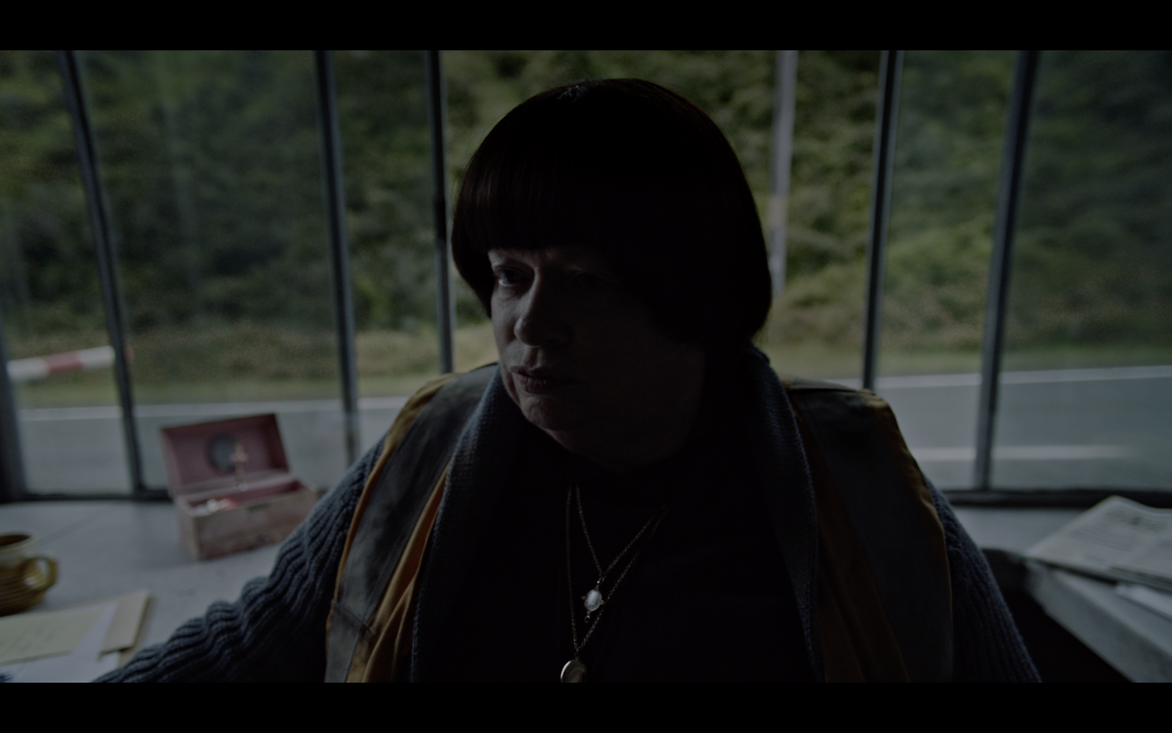
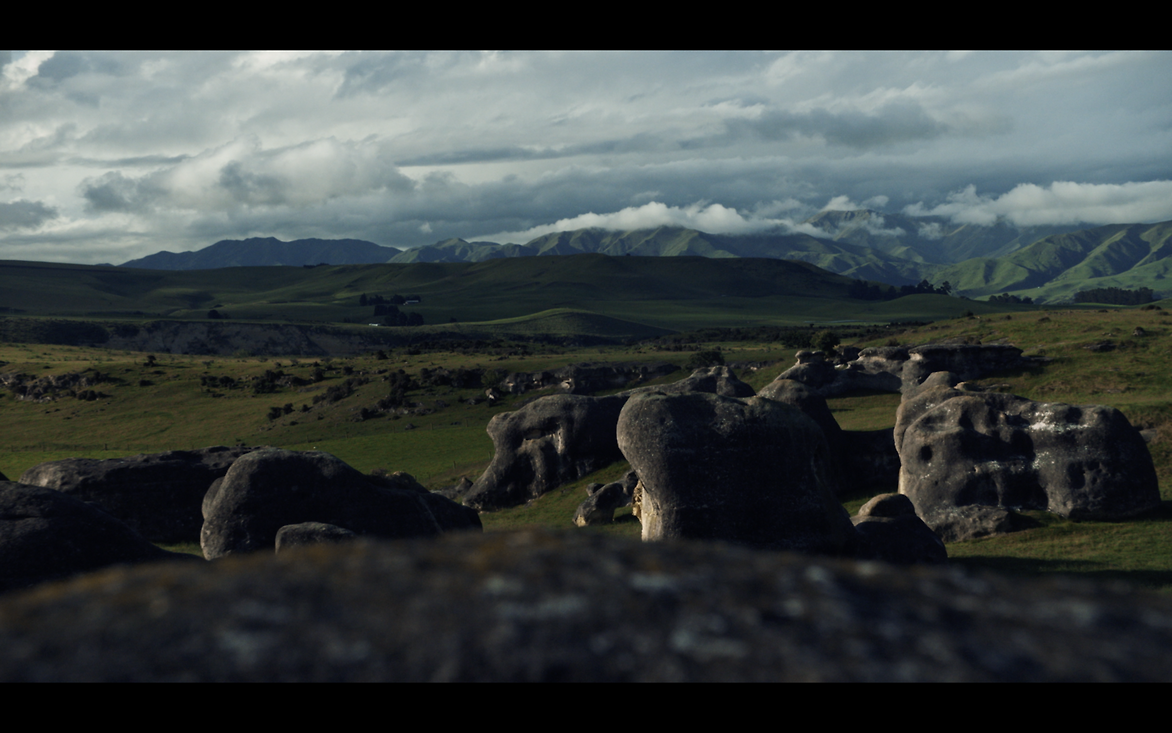
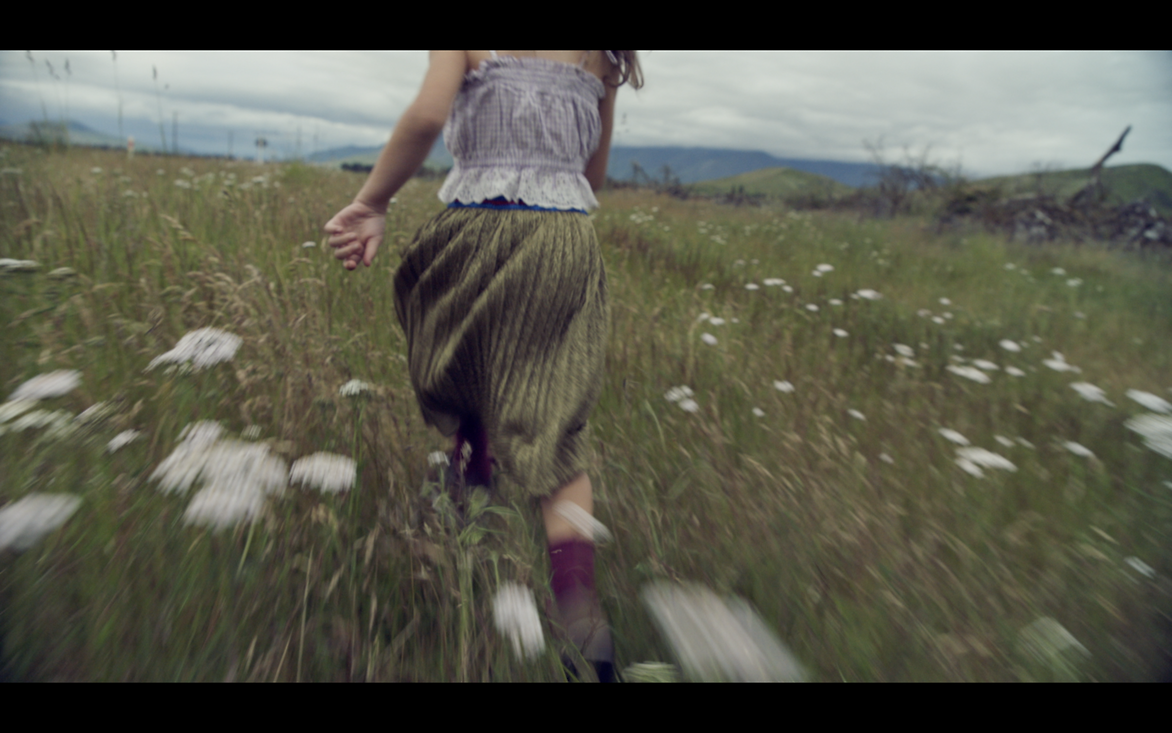
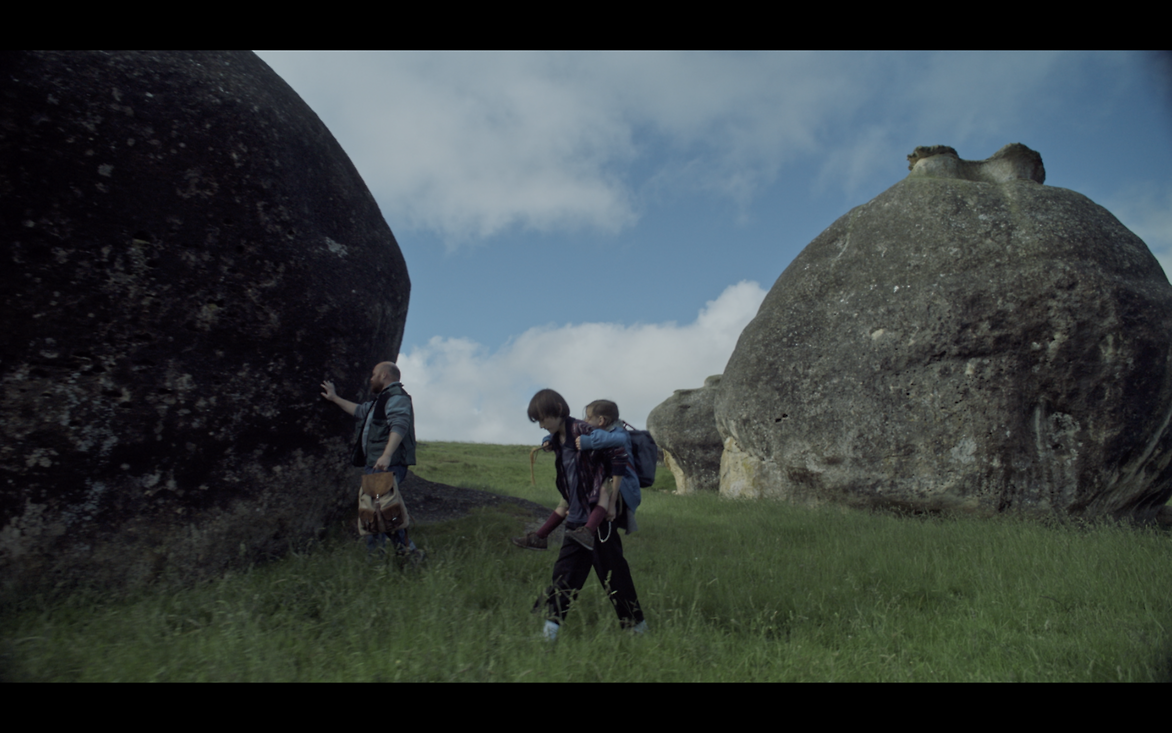
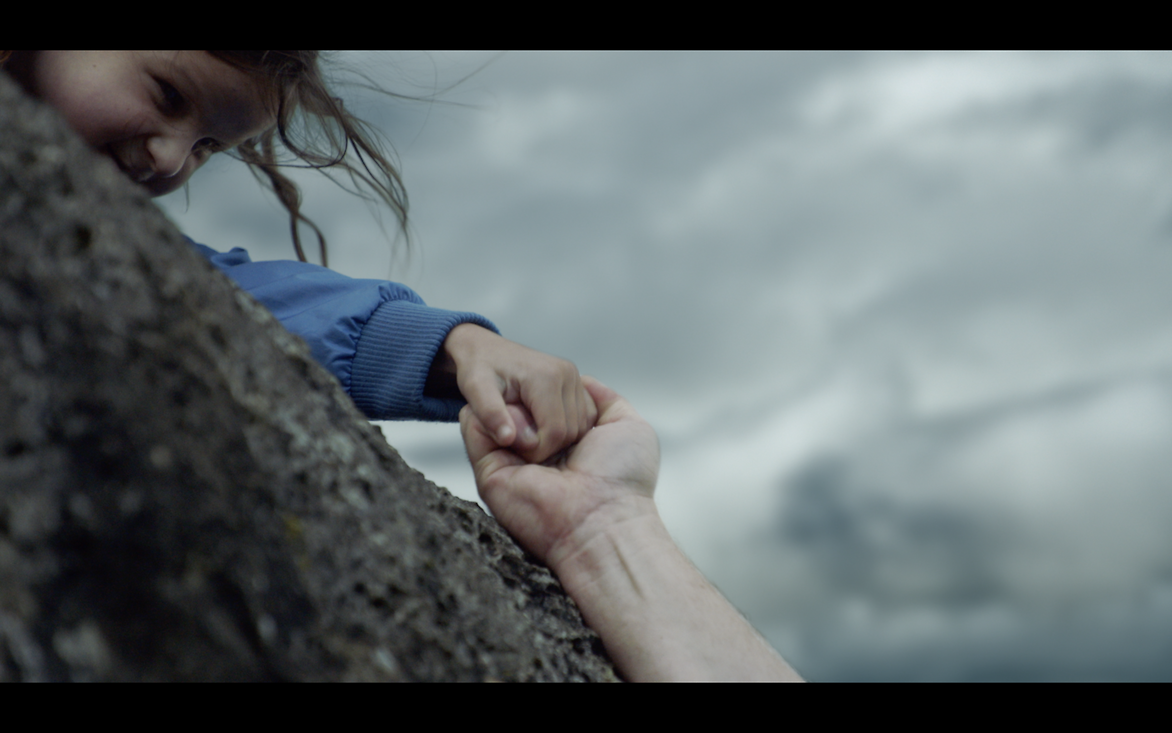
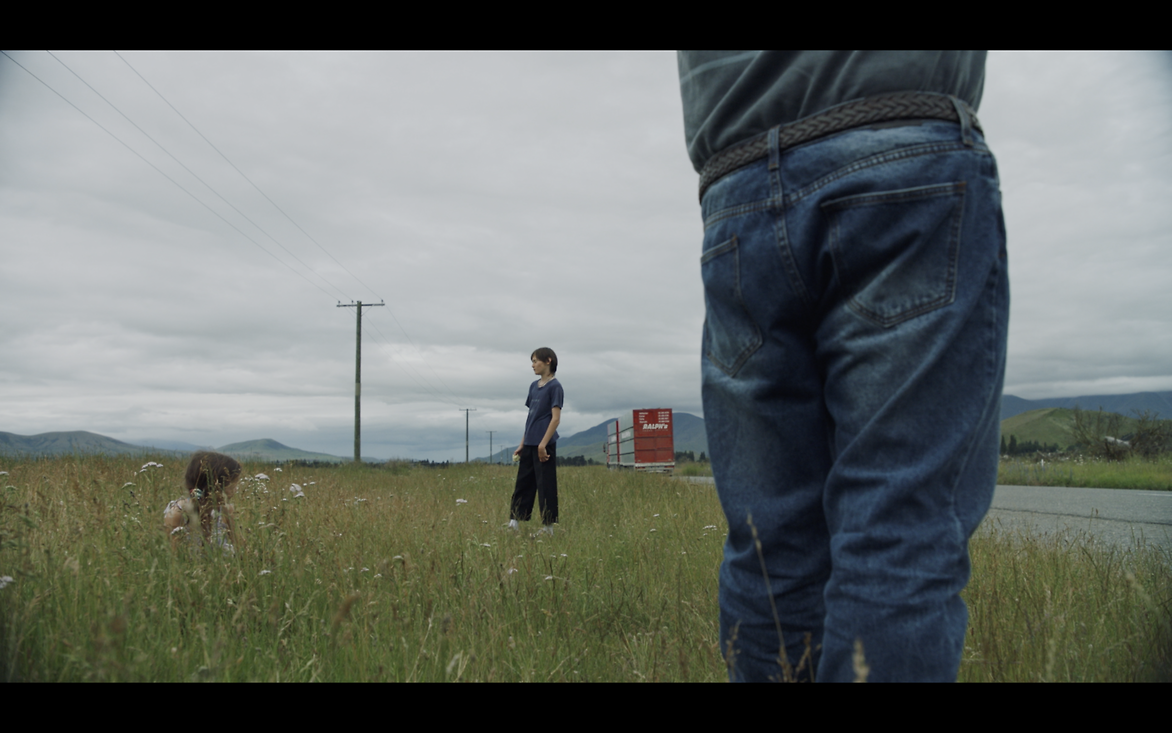
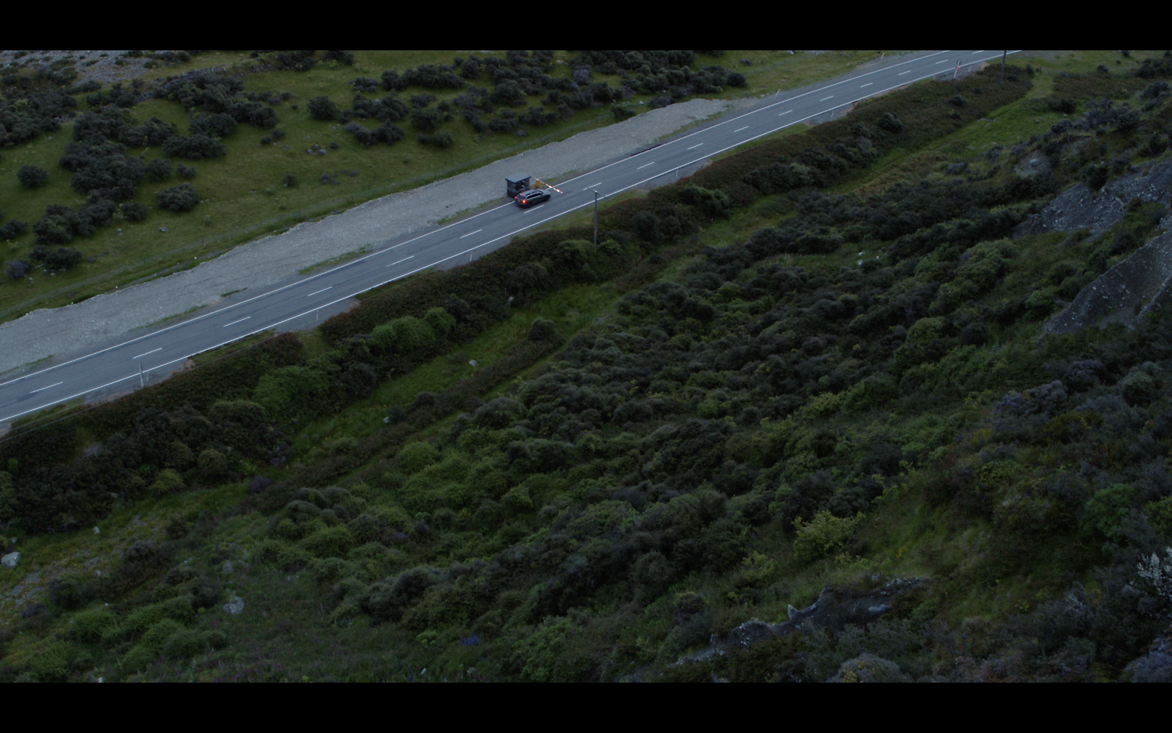
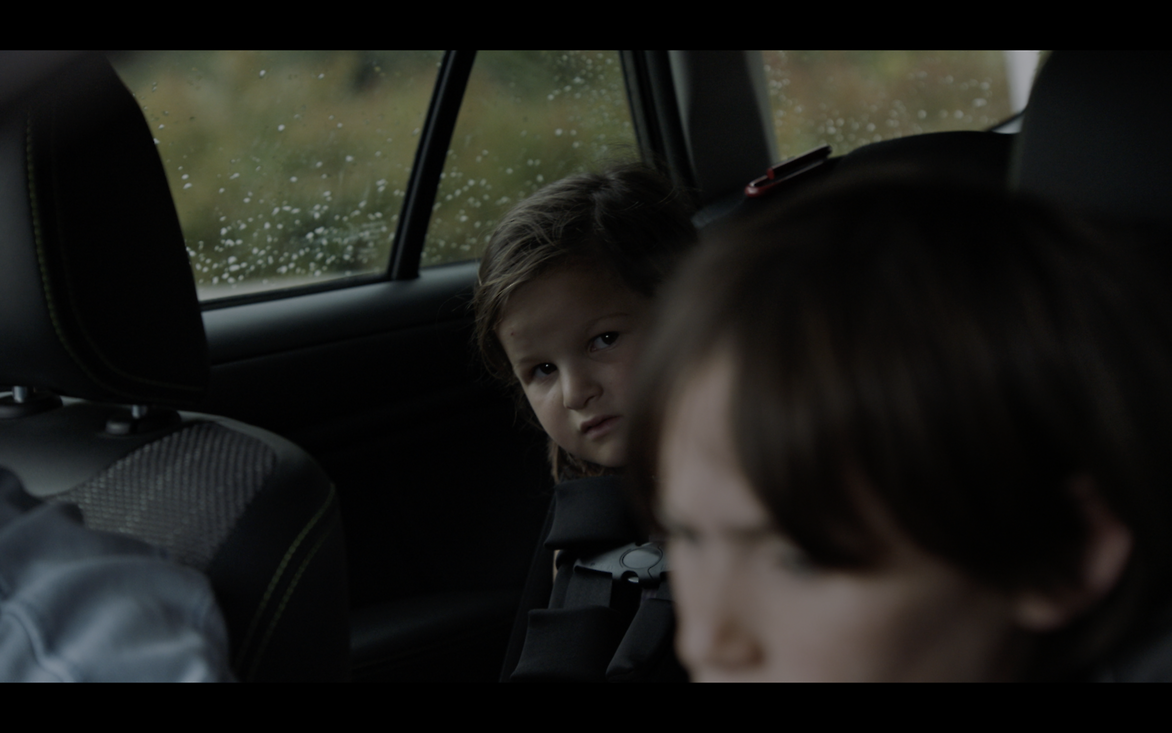
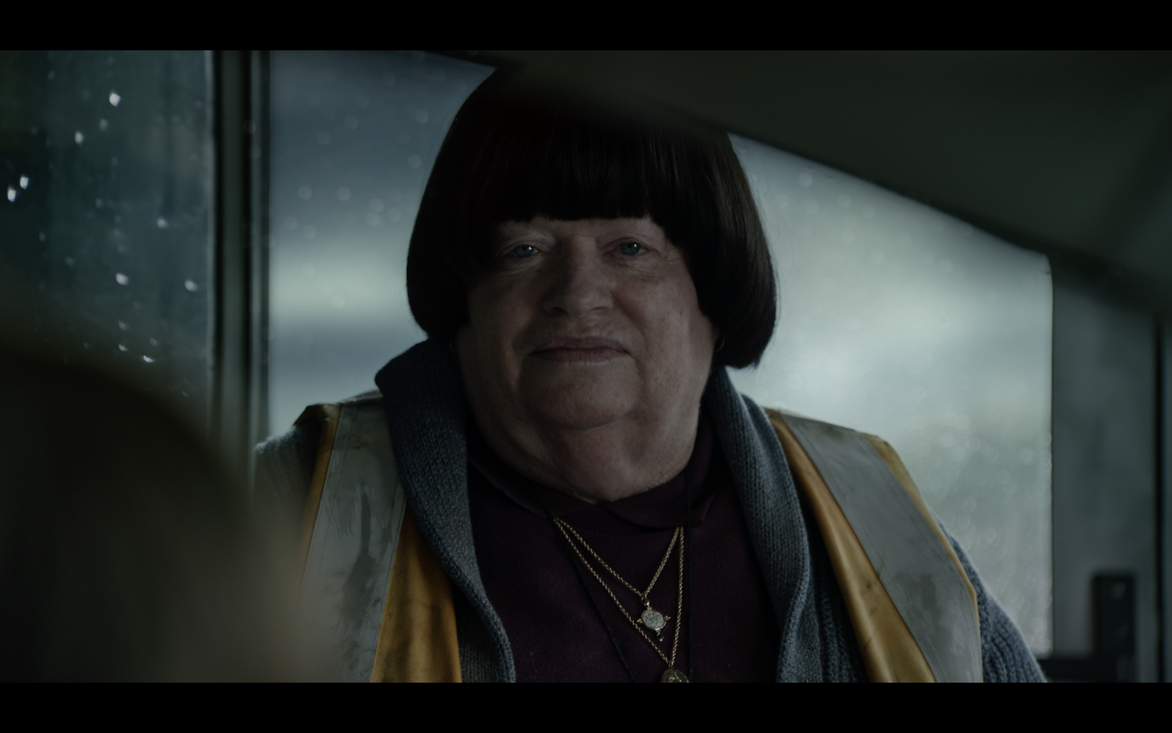
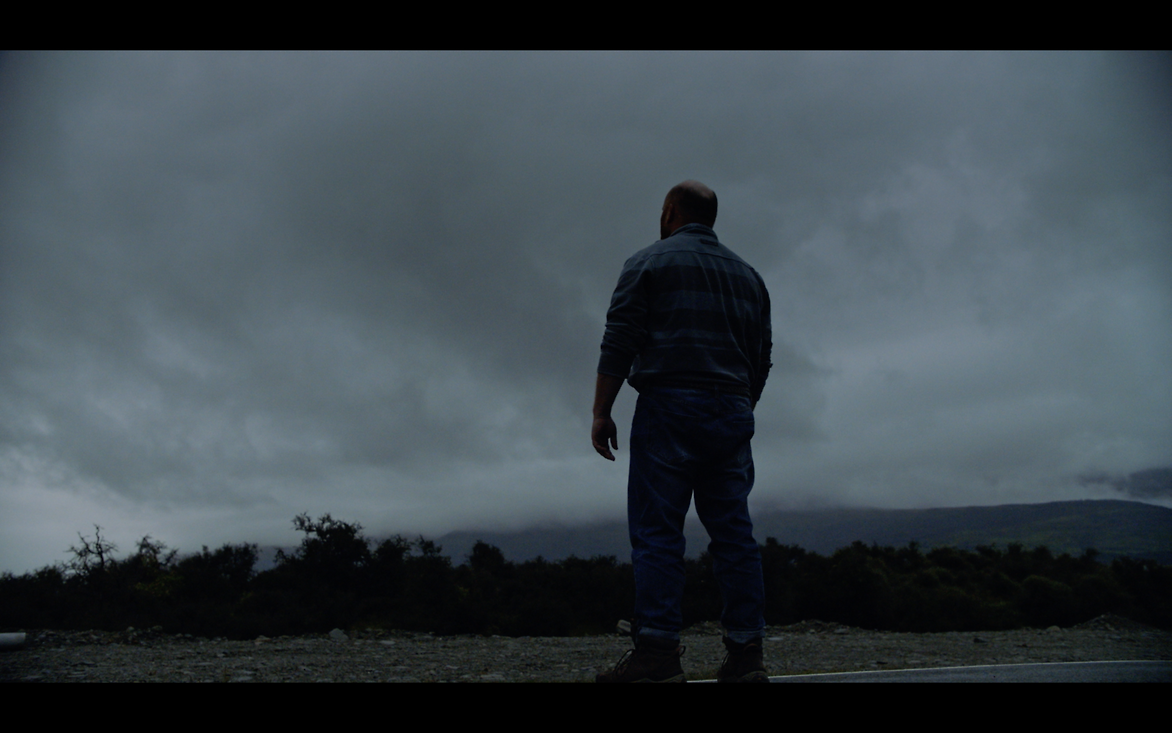
Description:
In Aotearoa we refer to the people who are killed in crashes as our 'road toll', as if their lives and limbs are the price we're all willing to pay to use our roads. The ‘road toll’ is something we hear about almost as casually as the weather forecast. We’ve become immune to it. We accept it.
Our challenge when launching Road To Zero (Waka Kotahi NZ Transport Agency's 30 year plan to reach zero deaths on NZ roads) was to disrupt that complacent mindset. For the nation to buy in to Road To Zero, we first needed them to agree that the very idea of a road toll is totally unacceptable. We had to confront people with the fact that every number represents a human life; someone’s child, mother, father or wider whānau. That’s the creative trigger we needed to pull.
The simple idea at the core of Toll Booth was to visualise the metaphor in a haunting, memorable, and never-before-seen way. In the film the road toll takes the form of an eerie toll booth operator who takes human lives as payment– in this case a young girl.
The film depicts a family road trip, but from the outset the bleakly beautiful cinematography establishes a sense of foreboding that is further enhanced by the unusual setting and musical score. We tread the line between beautiful (and even fun) to ominous. We don’t want the audience to work out which way the story is going. It’s got family values but something is a little off about it, which allows the unease to seep in as a tonal under layer, loading the moment when the toll woman asks for ‘the little one.’
Instead of recreating carnage, as so many other road safety films do, Toll Booth limits its impact to psychological violence. Editing is used to unsettling effect. Non-linear flashbacks, fever dreams, premonitions, even reverse shots, give it a feeling of ‘dreaming while awake’ that feels nothing like any other ad on TV.
The result is a punch in the gut. It makes an enemy of the road toll. But most importantly it humanises the deaths on our roads and shows that human lives are always more than just numbers on a ledger.